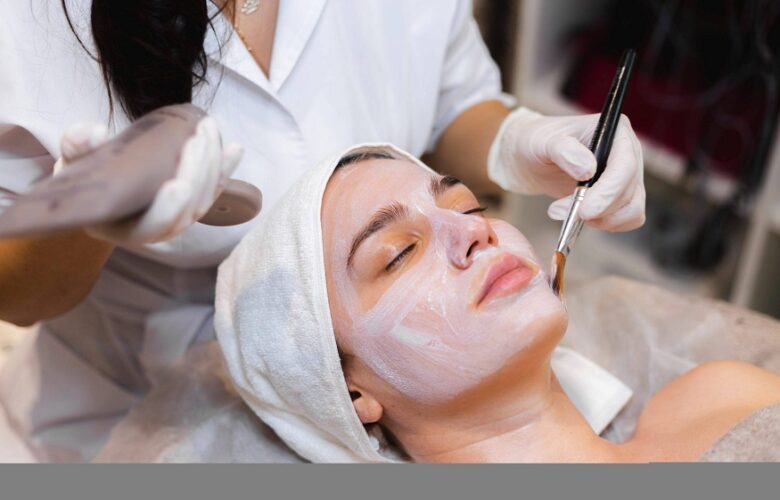The most significant sign of upheaval is the appearance of cracks on the walls and floor of a building due to the excess pressure as the foundation moves upwards. One common method of dealing with upheaval is chemical injection, also known as soil injection foundation repair.
It refers to the process in which the non-toxic, water-soluble chemicals such as ammonium salt and potassium ions are injected into the underneath groundwater. Chemical injection for foundation inhibits the soil’s ability to absorb moisture so that when it rains, the soil will not soak and swell.
When to use chemical soil injection
Foundation problems begin immediately the underground soil begins to absorb moisture and swell or when the soil shrinks because of losing water. Chemical soil injection is the process meant to reduce the ability of the soil to swell or shrink as the water content changes.
It is best applied when the upward movement begins to affect and damage a small portion of the foundation. Chemical soil injection does not remove the upheaval underneath; instead, it prevents it from spreading or increasing.
How does the chemical work?
Water is a solvent and stinks to almost everything. When clay absorbs moisture, it swells. The remedy is to use a non-swelling chemical solution to stick to the clay before water does. When the chemical solution is injected into the soil, the solvent binds to the clay molecules creating a barrier that prevents the clay from absorbing moisture.
Once the soil is injected with the chemical solution, it stays attached and coats it. The barrier created helps to prevent further upheaval and enhance soil stabilization.
For an existing structure, soil injection is done around the foundation’s perimeter. If there are other paved surfaces such as patios, driveways, and decks,3/4 ‘‘ diameter holes are drilled to access the underlying soils.
The liquid is driven through at high pressure. Approximately ½ to 1 gallon of the chemical liquid is injected for every cubic foot of soil being treated.
One technician monitors the flow of the liquid being injected while the other secures and drives the wand down the ground. For good results, this process should be done for two consecutive days. After the chemical soil injection is complete, there should be no signs that such a process had taken place in the building.
Is the Chemical Solution Toxic?
Once the solvent coats the soil, the dilute concentration acts as a fertilizer by enriching it. However, it is not toxic. Nonetheless, it should not be ingested by any means. In case it accidentally splashes on any part of the body, it should be cleaned with plenty of clean water.
How to Prevent Upheaval
It is crucial to ensure proper foundation drainage during the initial construction. This can be achieved by adequately installing gutters, moisture barriers, irrigation and French drains.
What to do When Upheaval Occurs
The sight of upheavals is a sign of the damage going on underneath. When the upheaval occurs, one must opt for the following foundation repairs: foundation lowering and foundation underpinning.




